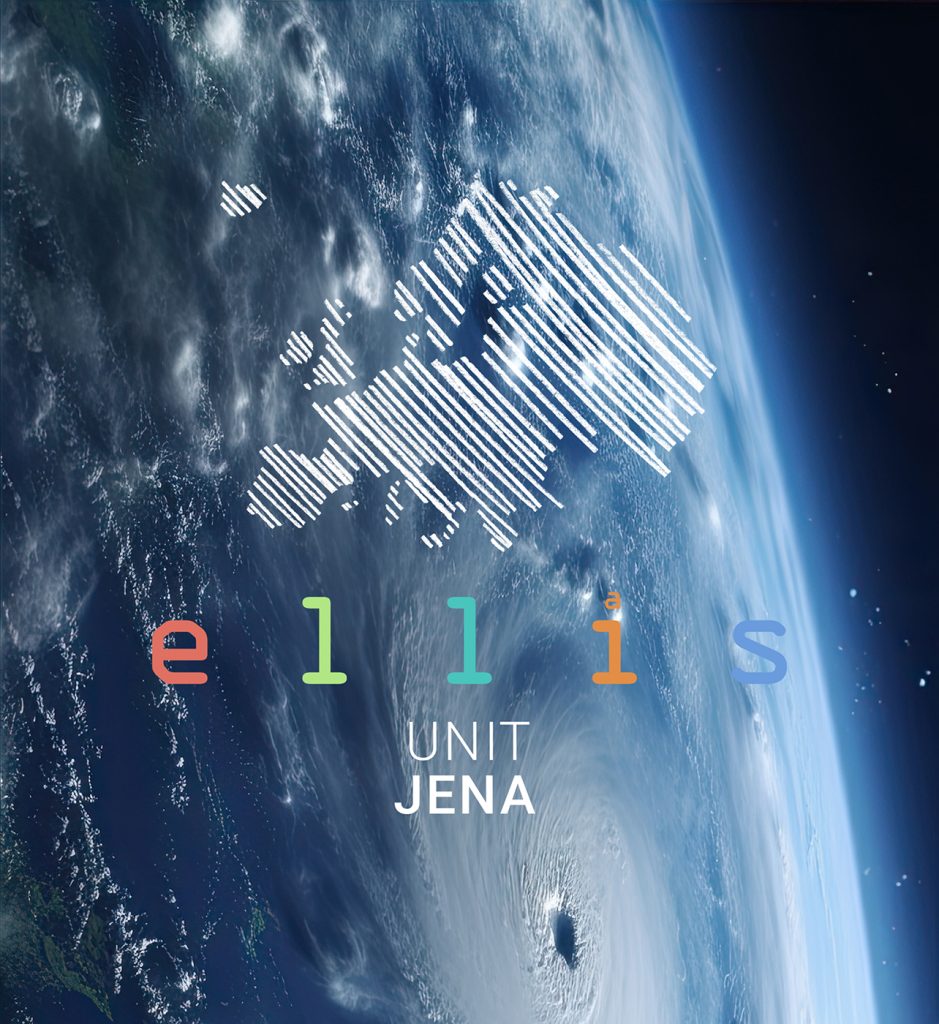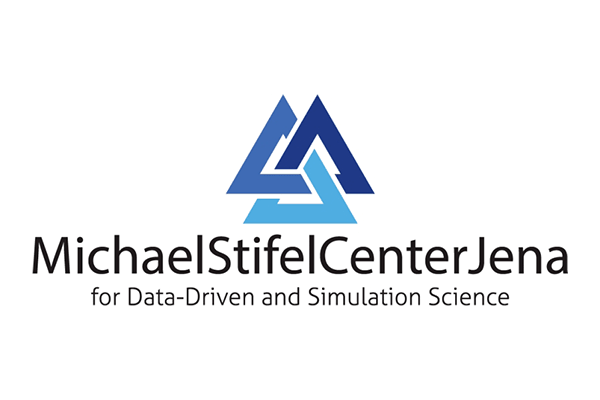The research pursued by the ELLIS Unit Jena is at its core motivated by the desire to explore how environmental and climate sciences can profit from machine learning and AI advances to gain a better understanding of Earth dynamic systems. Highlights of this research agenda include fundamental and pioneering work on the evaluation of climate change impacts in the society and the economy. Beyond a purely scientific work, this research will enable the regulatory bodies and policy makers in their decisions and measurements as well as the broader public to get a better grasp.
The ELLIS Unit Jena is involving the Friedrich Schiller University Jena, the Max Planck Institute for Biogeochemistry and the German Aerospace Center and is funded by the Carl Zeiss Foundation and the Michael Stifel Center Jena.
OUR RESEARCH WORK
Artificial intelligence and machine learning (AIML) are playing an increasingly important role for modeling and understanding the diverse and interlinked dynamic processes on Earth. Importantly, not only Earth system science benefits from machine learning, but complex Earth system problems can inspire fundamental research in the AIML domain. As in other scientific domains the major challenges relate to interpretability and the integration of machine learning and domain knowledge.
The goal of the ELLIS Unit Jena is thus to combine fundamental development in machine learning (Figure below, rows) with applied challenges concerning spatio-temporal dynamics in the Earth system (Figure below, columns) for a better understanding of the Earth system and its components. An important aspect here is the integration of knowledge into machine learning methods as appropriate assumptions – this can be qualitative knowledge about causal relationships („causal modeling“) or quantitative knowledge about functional relationships, which can be „cast“ into physical, chemical or biophysiological formulas („hybrid modeling“). Causal inference provides a fruitful ground for ML theory and methods, especially for applications in geosciences.

Links between fundamental AIML research and application in the Earth system science. Fruitful bi-directional links in the matrix cells where checkmarks are set.







